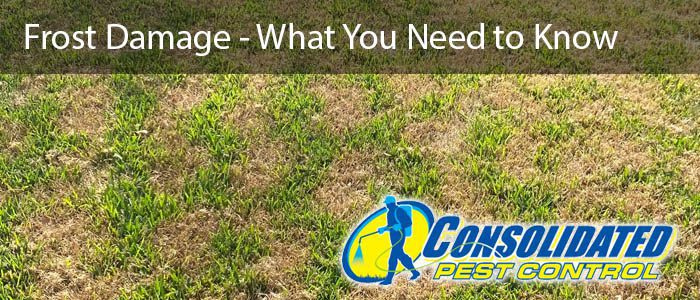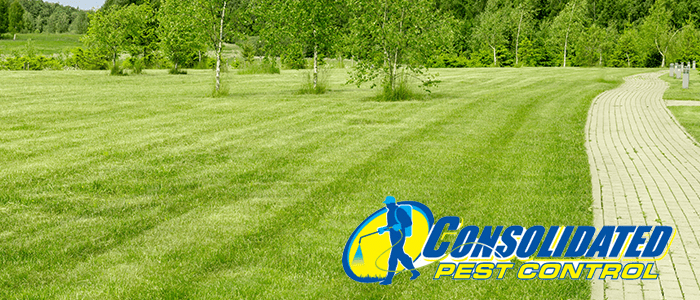When the weather begins to heat up, it’s only natural to want to spend more time in your garden. But spring and summer are also a popular time for termites to swarm!
Termite colonies are invasive – and in Florida, your home could be at risk of damage from subterranean, dampwood, or drywood termites. If you’re setting aside time to pull weeds and trim the hedges, there are a few landscaping tips to keep in mind that can prevent termites from finding easy entry to your house.
We asked our friends at Nutri-Green Tulsa for some of the tips they share with their lawn care customers to keep termites away.
Maintain a Barrier
Most preventative termite treatments involve creating a chemical barrier on your soil that termites can’t cross. This keeps subterranean termites from tunneling through the soil and entering your structure, and stops dampwood or drywood termites from being able to approach any damaged wood.
Digging through, overturning, or covering this soil can compromise the barrier around your home and increase the risk of termite damage to your home.
In general, a good rule to keep in mind is to plant at least 8 inches away from the side of your home.
Trim Branches Away from the House
When you plant alongside your home, it doesn’t just disrupt any existing termite treatments – it can also put you more at risk of a termite infestation by creating a route straight to your home for pests.
Where shrubs or vines come into contact with the side of your home, they can become an easily accessible bridge for hungry ants or termites. Just one crack in your siding or weakened patch of wood can invite pests directly into your living space.
If shrubs have already taken root next to your home, make sure you’re keeping branches and leaves trimmed and tidy. When planning your landscape, plan three feet or more from the edge so there will be plenty of room to grow.
Choose Mulch Wisely
Mulch makes for a great ground cover for shrubs and flower beds, but choosing the wrong one can increase risk directly next to your home. Not only can a layer of mulch disrupt chemical termite barriers, but they can attract termites close to your home and make it easier for them to find an entry point
Wood-based products like wood chips or bark are rich with cellulose, which is what termites love to munch on. Even if wood-based mulches have been treated with chemicals that make them less appealing to termites, those chemicals can break down over time or be washed away.
There are plenty of mulch options you can substitute in your garden beds and landscaping, like:
- Pine straw
- Rubber mulches
- Stones or gravel
Avoid Buildup of Moisture
Subterranean termites look for ways to enter your home through the soil, but dampwood termites are looking for moist, damaged wood to take advantage of. This is why it’s critical to keep an eye on areas of your landscape that collect water or don’t drain well. Moisture build-up could make your home more vulnerable to termite infestations.
Look for things like:
- Clogged or leaky gutters that overflow after rainfall
- Low-lying areas where water pools against the side of your home
- Shady spots where wood remains damp for several hours
Don’t Let Your Landscape Put You at Risk of Termite Damage
You don’t have to choose between a termite-free home and a beautiful landscape. By being careful about the materials you use, where you plant, and staying vigilant about any issues in your landscape, you can protect your home from becoming a termite feast!
With careful planning and care, you can design a landscape that your family can enjoy that won’t invite termites in.








